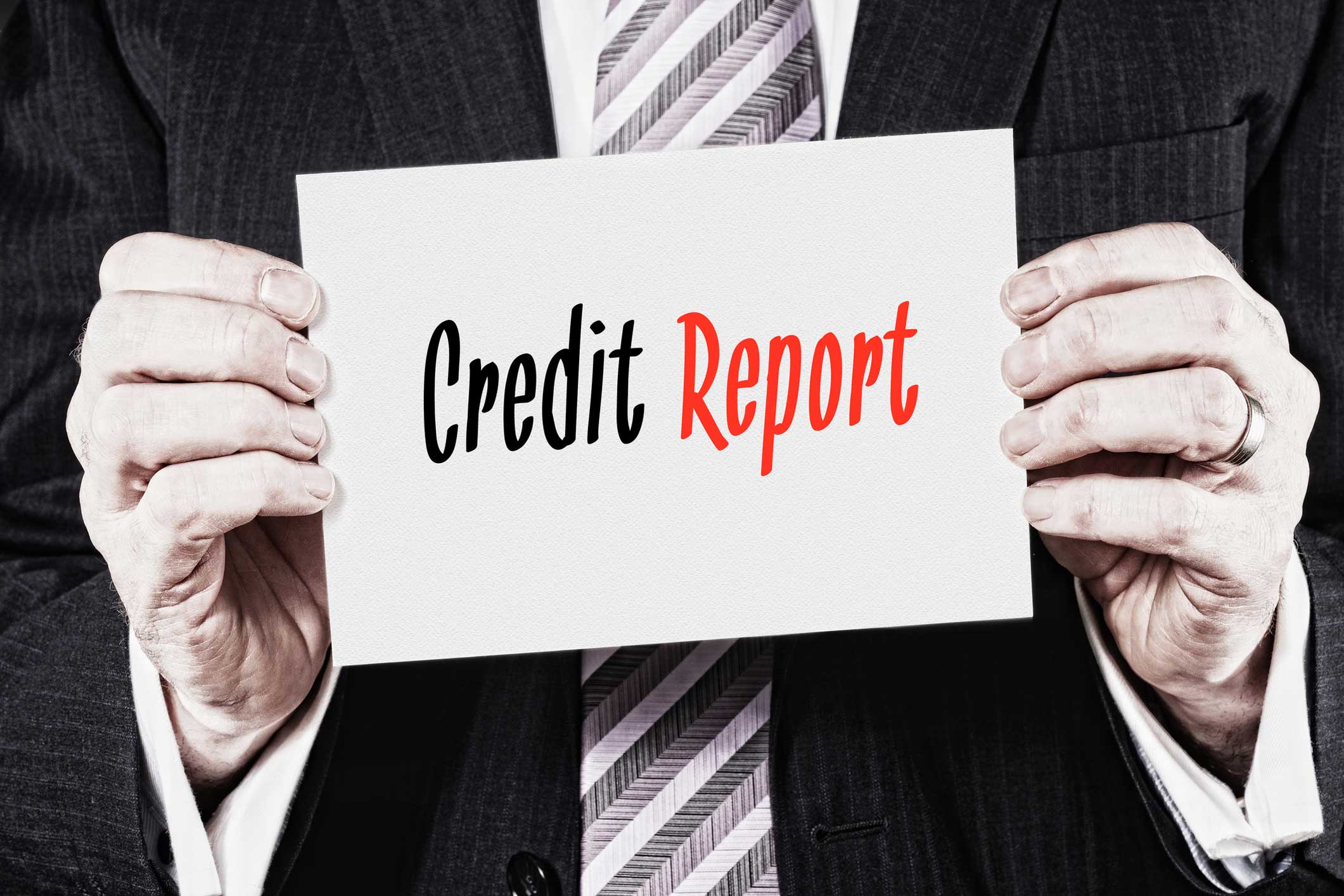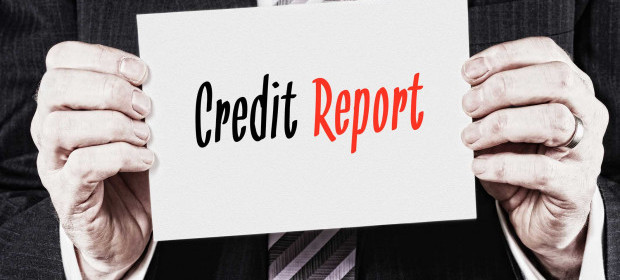What’s this about?
A credit report is a record of how you’ve handled loans and debts with credit providers in the past.
Credit providers include lenders such as banks, credit unions and finance companies, and also businesses that sell you goods or services on credit like phone or utility providers. Your credit report is held by a business called a ‘credit reporting body’ and is accessed by a credit provider when you apply for credit.
Your credit report can include information about whether you’ve ‘defaulted’ on a loan before – this means that you were at least 60 days overdue paying a debt and the credit provider had taken the required steps to ask for the money back.
If a default is listed, it stays on your report for 5 years – even if you pay off the debt.
However, if you do pay off the debt the credit provider will update your credit report to say that the default has been ‘paid’. Traditionally, credit providers will have given this update in one of two ways:
- Reporting it as ‘Paid’ (sometimes indicated by a ‘P’ on you credit report) if the whole debt was paid in full. For example, John had a default of $5,000 on his report and later paid the full $5,000. John’s credit report would show the default as ‘paid’.
- Reporting it as ‘Settled’ (sometimes indicated by a ‘S’ on you credit report) if you only paid back some of the debt but the credit provider ‘waived’ the rest (i.e. agreed it would no longer ask for payment of the rest). For example, Mary had a default of $5,000 on her report. She was able to offer to pay $3,000 back but wasn’t able to pay the rest. As a result, her bank accepted the $3,000 part payment in full settlement of the debt and waived the remaining $2,000.
The Office of the Australian Information Commission – the independent Government agency that oversees credit reporting – has now told credit providers that they cannot distinguish between the ‘Paid’ and ‘Settled’ situation. This means that in both cases, your credit report must show ‘Paid’ (or, simply, ‘P’).
What does this mean?
If you had a default on your credit report in the last five years, and you later settled the debt with the credit provider, your credit report may have shown ‘Settled’ (or, simply ‘S’). This has now been changed to ‘Paid’ (‘P’).
Keep in mind that a default on your credit report – even if paid – will make it harder to get credit. But recent changes to credit reporting mean that if you keep up your repayments on your other loans, you may have a better chance of getting credit when you need it.
My default was changed from ‘settled’ to ‘paid’. Do I need to do anything?
You don’t have to take any action. If you apply for credit in the future, your updated credit report will be given to the credit provider.
If you’ve applied for credit since you settled the debt – and the credit provider was given a copy of your report which incorrectly showed the default was ‘settled’ – then the credit provider may be told that this record has changed.
If you are concerned with how this impacted an application for credit that you previously made, you can talk to the credit provider that reported the original default. If you are not happy with their response, then you can complain to the business' external dispute resolution service.
If you’re struggling to get a loan be careful not to fall into the trap of high- interest payday loans. Check out ASIC’s moneysmart.gov.au for alternatives to a payday loan.
You don’t need to pay anyone to get errors in your report fixed.


